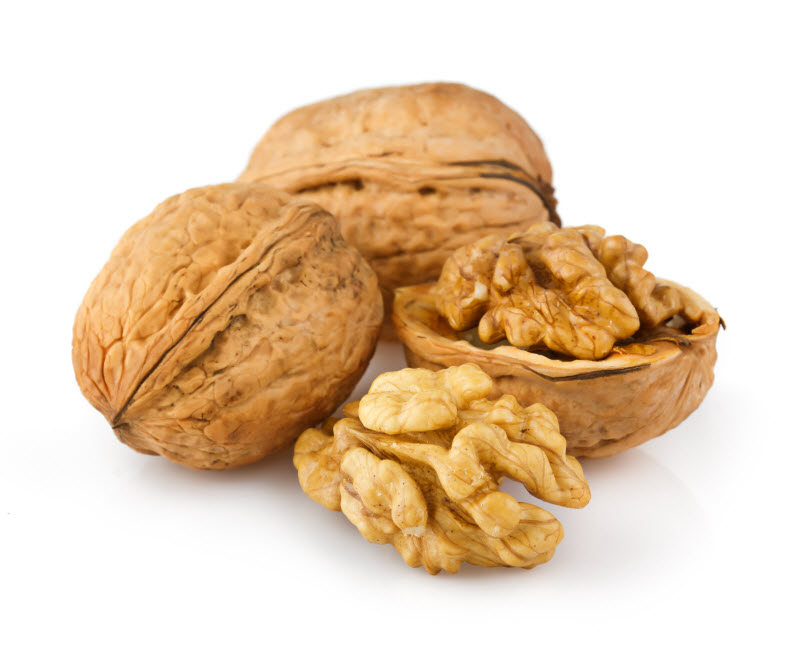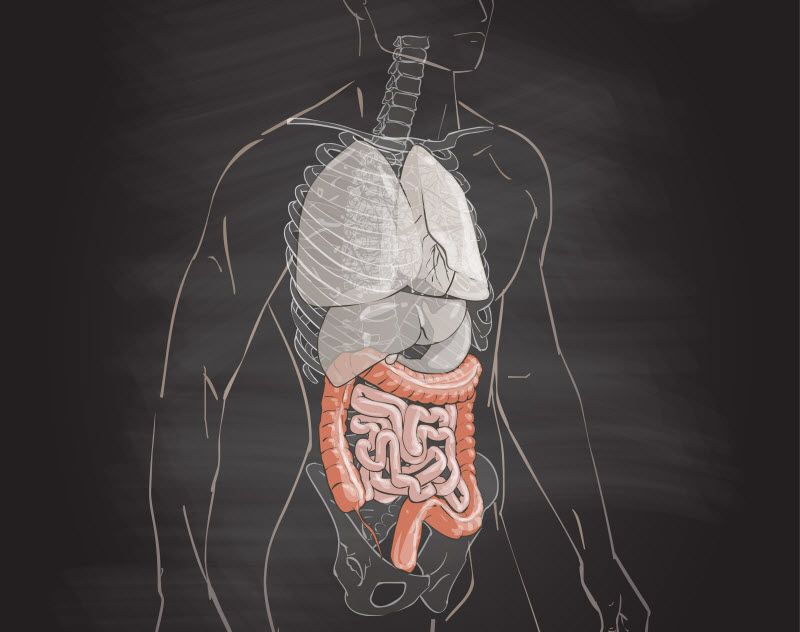
Diabetes occurs when there is a disorder in the absorption, the use and the storage of the sugars obtained from the food we eat. This results in a high level of glucose in the blood also called blood sugar: this condition of high blood glucose level is called Hyperglycemia.
We can be directly or indirectly affected by diabetes, and it is important for anyone of us to understand few fundamental metabolic functions of our body that are related to the occurrence of Diabetes.
The food we eat is made up of fats, proteins (animal or vegetal proteins) and carbohydrates (sugars, starches). These are the ones that provide most of the energy our body needs to function. When we eat food, our body breaks it down into glucose that passes through the intestine, and then enters the bloodstream so it can travel to all our cells and provide them with the energy they need to function, grow and heal. Glucose is the fundamental fuel for our body.
However, our cells cannot access the glucose directly. They need help from the pancreas, which is a gland located behind our stomach. The pancreas is constantly monitoring our bloodstream and when it senses an increase in blood sugar, it responds by producing a hormone called Insulin.
The insulin works like a key, it allows the glucose to enter the body cells: in muscles, in fatty tissue and inside the liver where it can be processed and stored. As a result, the glucose level decreases in the blood.
Another hormone, the Glucagon, helps release the glucose stored in the liver, during low energy or low blood sugar periods like outside of meals. It is the balance of these two hormones that maintains blood sugar levels stable in our body.
When someone has Diabetes, this regulatory system does not work properly. The body is unable to produce Insulin or cannot make good use of the Insulin it produces. As a result, the glucose is unable to access the body cells and starts to build up in the blood.
Over the long term, high blood glucose level (Hyperglycemia) is associated with possible damages to the body and failure of various tissues and organs. This includes cardiovascular disease, kidney damage, bone and joint problems, feet problems, teeth and gum infections, damage of the blood vessels of the retina, and more.
With that being said, we want to avoid having high levels of blood sugar as much as possible and keep both diabetes and our overall health under control.
How would you know if you have Diabetes?
It can be naturally confusing for many of us to know whether we have diabetes or not. It is thus very important to be aware of some of the warning signs and possible symptoms of diabetes and its different types.
Recognizing early signs and symptoms can help treating this condition promptly.
While many people in the early stages of diabetes do not experience any symptoms at all, some common signs and symptoms are an indication that a person might have diabetes :
- Unusual thirst, dry mouth
- Frequent urination
- Unusual hunger
- Fatigue and irritability
- Digestive problems
- Abdominal pain
- Nausea and vomiting
- Weakness
If you experience any of these, then it is recommended to perform a blood glucose test in a medical lab. Diabetes is detected when fasting blood sugar also called Fasting Plasma Glucose FPG is greater than or equal to 126 mg/dl at least two times.
Your doctor might recommend to perform a Random Plasma Glucose test also called Casual Plasma Glucose test that aims to check your blood sugar at any time of the day when you experience severe diabetes symptoms; Diabetes is diagnosed when the blood sugar is greater than or equal to 200 mg/dl.
What are the different types of Diabetes?
Learning about the different types of diabetes is essential for understanding the differences between them, what is each type of diabetes caused by and what are the best ways to keep it under control.
Type 1 diabetes
Type 1 diabetes can develop at any age but is usually diagnosed before the age of forty. When a person has diabetes Type 1, it means that the body is producing very little or no Insulin at all.
As a result, glucose cannot enter the cells and the level of blood glucose rises. For this reason, daily insulin injections are necessary to keep blood glucose levels under control.
Type 2 diabetes
Type 2 diabetes can go unnoticed for a long time before being diagnosed. It accounts for about 90% of all diabetes cases and usually occurs in people over the age of forty. However, it has now started to affect adolescents and young adults of our modern society.
When a person has Type 2 diabetes, the body does not make good use of the Insulin that it produces. Adopting a healthy lifestyle with a balanced eating and a regular physical activity is the foundation of Type 2 diabetes treatment. However, over time oral medication and/or Insulin intake may be required to maintain blood glucose levels under control.
Gestational Diabetes
Gestational Diabetes occurs in pregnant women towards the end of the second trimester of pregnancy. It is caused by a lack of insulin secretion due to the hormonal changes during the pregnancy. Gestational diabetes can last the time of the pregnancy and usually disappears after giving birth. However, it can put the pregnant woman at a risk of developing type 2 diabetes in the future.
Do you want to know more about diabetes and how to keep it under control ?
>Click Here to Download our Free eBook<











Discussions
Add Comment